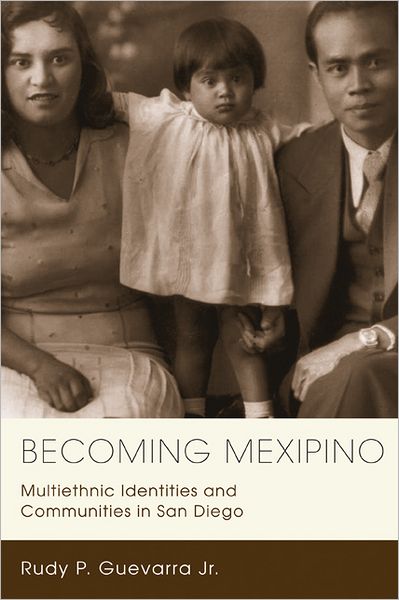The short life of a race drug
The Lancet
Volume 379, Issue 9811 (2012-01-14 through 2012-01-20)
pages 114-115
DOI: 10.1016/S0140-6736(12)60052-X
Sheldon Krimsky, Professor of Urban & Environmental Policy & Planning; Adjunct Professor of Public Health and Family Medicine
Tufts School of Medicine
Tufts University, Medford, Massachusetts
The headlines back in June, 2005, read “FDA approves a heart drug for African Americans”. The decision that gave the company NitroMed approval for its drug BiDil exclusively to a “racial group” represented a milestone in US drug policy. The decision ignited a debate that polarised the African American community, confounded proponents of personalised medicine, and dismayed groups opposed to reinscribing racial categories into science. Ever since Ashley Montagu published Man’s Most Dangerous Myth: The Fallacy of Race in 1964 [1942?], scientists have reached a broad consensus that “race” applied to human populations has no standing in science…
…In a historical context too, the use of such racial classification is shown to be a subjective process. The concept of “race” in the USA grew out of slavery when state laws dictated racial identity by percentage admixture. A person who self-identifies as African American could have one great-grandfather (or about one-eighth of his or her genome) as the exclusive source of that identity. Homer Plessy was the plaintiff in an 1896 US Supreme Court decision (Plessy v. Ferguson) that established the “separate but equal” foundations of segregation in the USA. Plessy, who was escorted off a train for whites only, was considered black based on the infamous “one drop rule”, even though he considered himself seven-eighths white. By contrast, Jean Toomer, author of the 1923 book Cane, which chronicled the lives of black Americans, sometimes identified himself as black and sometimes as white. Thus, two individuals, both with one-eighth African ancestry, might either be defined by others as black or self-identify as white or black. Why should the drug’s approval for a differentiated group be based upon such quixotic criteria? Despite all the reasons why “race” has no role in science, it was a science-based agency that approved BiDil for a racial group…
…While many commentators who supported the approval of BiDil for black patients state that “race” is not a scientifically precise term for identifying relevant genomic or physiological characteristics that differentiate population groups, nevertheless, they argue that “self-identified race” is a useful proxy for those characteristics. However, what is the evidence that the proxy “self-identified race” is a reliable surrogate? The best evidence derives from the fact that genetic variation conferring disease susceptibility is not equally distributed among ancestral populations. For example, sickle cell anaemia is more prevalent in populations whose ancestry can be traced to sub-Saharan Africa. However, “self-identified race” is a subjective term, influenced by cultural factors, and not even grounded in the ancestral genomics of, for example, the International HapMap Project. For the purpose of the clinical trials, “self-identified race” is interpreted as a dichotomous variable (black or non-black). If race were used as a proxy for ancestral African genomics it should be a continuous function (10%, 30%, 70%, etc). It makes no scientific sense to map a continuous function onto a dichotomous variable…
Read the entire article here or here.

